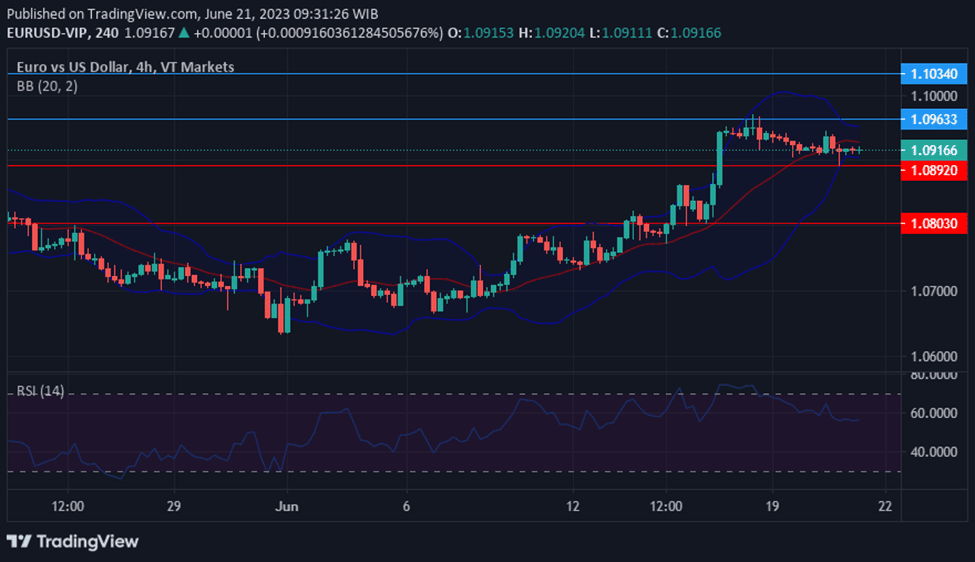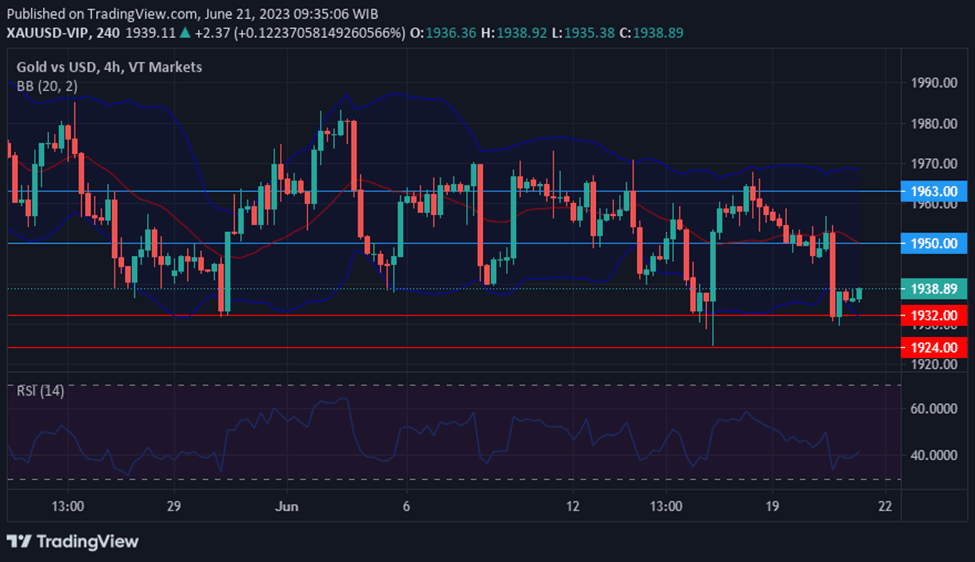Stocks experienced a decline on Tuesday, marking the first trading day of the week, as the market took a breather after a recent rally that had propelled it to levels not seen in over a year. The Dow Jones Industrial Average fell by 245.25 points (0.72%) to reach 34,053.87, while the S&P 500 and Nasdaq Composite declined by 0.47% and 0.16%, respectively.
Energy stocks, along with Intel, Nike, and Boeing, weighed on the market with notable drops of more than 3%. Conversely, homebuilders, including PulteGroup, D.R. Horton, and Lennar, outperformed following a robust housing report. Nvidia also defied the downward trend, posting a gain of over 2% amidst the broader market decline.
Investors were coming off a strong week, with the S&P 500 and Nasdaq Composite delivering their best weekly performances since March. The S&P 500 rose 2.6% and the Nasdaq gained 3.25%, while both indexes reached their highest levels since April 2022. The market responded favourably to the Federal Reserve’s decision to skip a rate hike in June, although policymakers are projecting two quarter-point increases later in the year.
Despite uncertainties surrounding future Fed policies, investor bullishness has been on the rise, reaching its highest level since November 2021. As economic data remains limited in the current shortened trading week, traders are closely monitoring market sentiment and its potential impact on stock performance.

Data by Bloomberg
On Tuesday, the overall market performance showed a decline of 0.47% across all sectors. However, there were a few sectors that experienced positive movement. Consumer Discretionary had a gain of 0.75%, indicating increased consumer spending on non-essential goods.
In contrast, Health Care saw a slight decrease of 0.15%. Communication Services and Information Technology both experienced declines of 0.29% and 0.44% respectively.
Financials had a larger decline of 0.69%, while Consumer Staples and Industrials experienced decreases of 0.75% and 0.76% respectively. Real Estate and Utilities were among the sectors with the largest declines, with decreases of 1.11% and 1.17% respectively.
Materials and Energy had the most significant declines, with decreases of 1.26% and 2.29% respectively, indicating a negative trend in these sectors.
Major Pair Movement
Last week, the US dollar and Japanese yen experienced declines against major currencies, which were corrected this week. The correction came ahead of Federal Reserve Chair Jerome Powell’s upcoming testimony and was driven by factors such as the Fed’s pause in rate hikes, the ECB’s ongoing rate-hiking efforts, and the Bank of Japan’s commitment to maintaining its easing policies.
The euro faced pressure due to a drop in German PPI and the euro zone’s current account surplus. Additionally, the market responded to a significant increase in US housing starts. Meanwhile, the UK pound fell after a sharp surge, and the yen strengthened against the Australian dollar, pound, and euro, influenced by Treasury yields and safe-haven demand.
This week, all eyes are on Powell’s testimony as the market seeks clarity on the Fed’s future monetary policy direction. Market expectations currently suggest only one more rate hike, contrasting with the Fed’s projection of two additional hikes. Meanwhile, the euro is anticipated to see a slower retreat compared to the US dollar, with the market pricing in two more rate hikes by the ECB.
In the UK, there is anticipation around the BoE meeting and the possibility of a rate hike. The market currently prices in a 25 basis point hike, with a chance of a 50 basis point hike. Overall, market dynamics and central bank actions continue to shape currency movements, with investors closely monitoring economic indicators and policy announcements.
Picks of the Day Analysis
EUR/USD (4 Hours)
EUR/USD Falls as China’s Rate Cut Fails to Calm Markets, US Dollar Gains Momentum
The EUR/USD pair experienced a decline, reaching 1.0891, as market sentiment turned sour, favouring the US Dollar. Concerns about China’s economic health intensified after the local central bank, the People’s Bank of China (PBoC), lowered key interest rates by 10 bps.
However, financial markets remained skeptical of the effectiveness of the rate cuts and sought refuge in the American currency. European Central Bank (ECB) Governing Council member Olli Rehn’s comments on the gradual easing of underlying inflation did not surprise the market, reinforcing the central bank’s previous message.
In addition, disappointing Eurozone data, including the lower-than-expected April Current Account surplus and a decline in Construction Output, contributed to the Euro’s weakness. The US Dollar received a final boost from positive US economic indicators, with Building Permits rising by 5.2% MoM in May and Housing Starts surging 21.7%, surpassing market expectations.
As anticipation builds for Federal Reserve (Fed) Chairman Jerome Powell’s semi-annual testimony before Congress, the US Dollar maintains its strength, with his remarks and subsequent Q&A session expected to influence the markets.

According to technical analysis, the EUR/USD pair experienced a flat movement on Tuesday and created a narrower range for the upper and lower bands of the Bollinger Bands. The Relative Strength Index (RSI) is currently at 56, indicating that the EUR/USD is back in a neutral stance before deciding on the next movement.
Resistance: 1.0963, 1.1034
Support: 1.0892, 1.0803
XAU/USD (4 Hours)
XAU/USD Plummets as US Traders Return Amid Economic Concerns and Positive US Data
The price of gold (XAU/USD) experienced a significant drop as American traders resumed trading after a long weekend, resulting in a decline of approximately $20, reaching a low of $1,929.94 per troy ounce. This decline was influenced by the strengthening US dollar due to worries about China’s economic slowdown. The People’s Bank of China (PBoC) reduced two key lending rates for the first time since August of the previous year, surprising the market with a 10-basis point cut that fell short of expectations.
While the US dollar initially struggled, it gained momentum after the release of optimistic US macroeconomic data, including a remarkable 21.7% surge in Housing Starts and a 5.2% increase in Building Permits for May, as reported by the US Census Bureau.
Although Asian and European stock markets experienced minor losses, Wall Street saw a significant decline, with the three major indexes down by around 1% each. Meanwhile, demand for government bonds kept Treasury yields in check, with the 10-year note currently offering 3.71%, reflecting a 5-basis point decrease on the day.

According to technical analysis, the XAU/USD pair is moving lower and has reached the lower band of the Bollinger Bands. There is potential for a slight upward movement, aiming to reach the middle band. Currently, the Relative Strength Index (RSI) is at 41, indicating that the XAU/USD is still in a neutral stance.
Resistance: $1,950, $1,963
Support: $1,932, $1,924
Economic Data
| Currency | Data | Time (GMT + 8) | Forecast |
|---|---|---|---|
| GBP | Consumer Price Index | 14:00 | 8.4% |
| USD | Fed Chair Powell Testifies | 22:00 |







